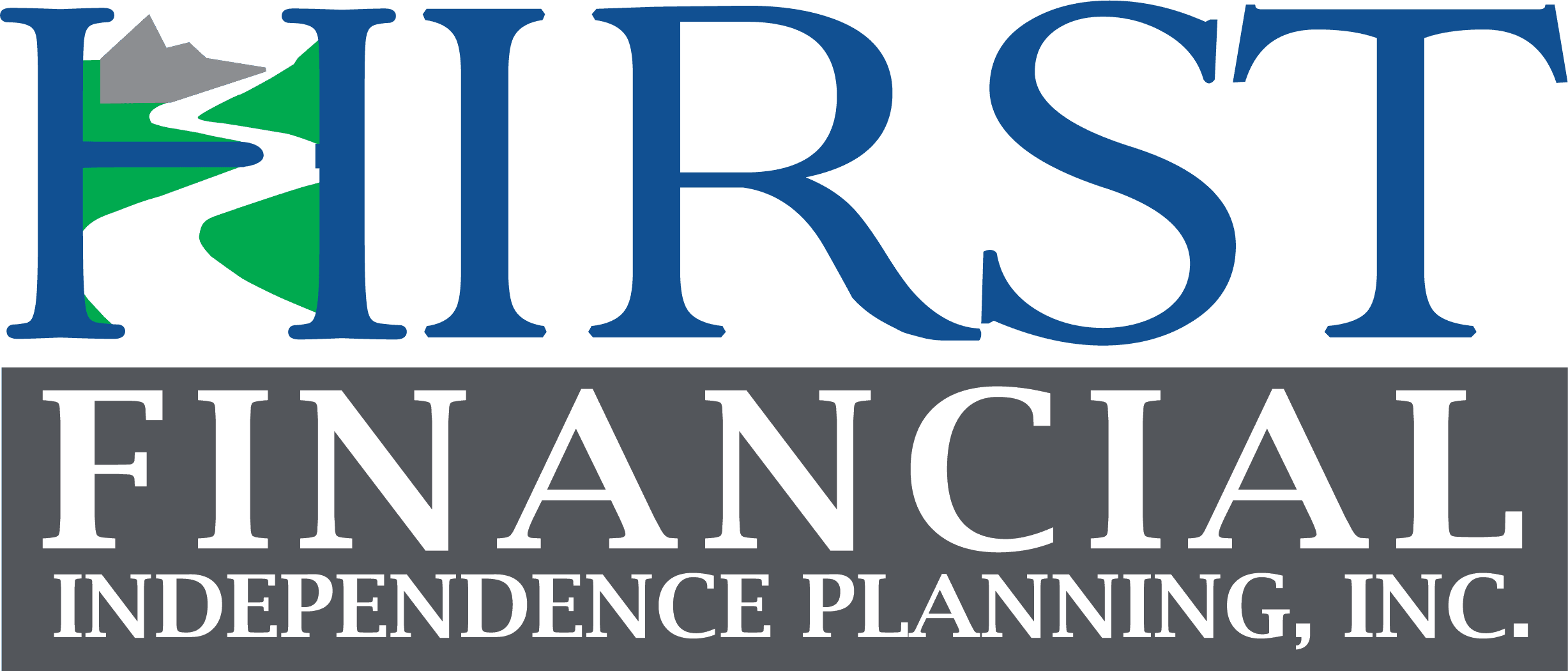Published by Teresa Milner
Have you ever participated in a fitness challenge? The purpose of the challenge is to help you accomplish your fitness goals; i.e., losing weight, increasing muscle mass, etc. The same concept can be applied to money challenges. Money challenges can be used to accomplish both short and long term financial goals. As with fitness challenges, money challenges can be measured too; i.e., buying Christmas gifts, funding a college savings plan, giving yourself the ability to retire early.
With fitness challenges, factors you can control are:
1) How much you will exercise.
2) What type of exercise you do.
3) Your diet.
4) And last but not least, tracking your daily activity and diet to be accountable.
Each one of these factors are measurable and can be adjusted to help you attain your fitness goal.
Financial fitness has factors that you can control, too. These factors are the ones I encourage you to focus on. However, there are also factors out of your control as well, i.e., market fluctuation, interest rates, inflation, etc.
7 steps to help become financially fit:
- First and most importantly, make sure you establish clear financial goals and write them down. If you don’t know where you’re going or what you want to achieve, does it matter what path you take?
- Find out where your money is going and if you’re spending more than you should. In other words, get a budget and know what’s coming in and what’s going out. Different budgeting systems work well for different people, so find one that’s a good fit for you. Budgets are ever-changing as they adapt to your life, but they are an awesome success tool!
- Manage the risks to your financial health. Life can hand us many cards to deal with and being prepared is key in making it through these. Ask yourself a number of “What if” questions and determine whether or not your prepared if these things happen. For example, I’ve yet to have a conversation with a client that has lost a loved one and told me they had too much life insurance.
- Start saving NOW. The sooner you start the less money it takes. When you start early, you have time on your side, and thus compound interest is your friend.
- Get rid of your debt. Similar to the extra pounds you want to shed in a fitness challenge, shed your debt! First, make sure you have your emergency fund, but after that, bite away at your debt. Wouldn’t you rather be earning interest than paying it?
- Don’t be afraid to ask for help. Maybe you need an accountability partner. This person will have similar values and understand your goals and be willing to either help you with temptations that come your way as well as provide encouragement when you’re doing well.
- Work with a financial advisor that can provide a personalized financial game plan for your situation. Experienced advisors provide guidance to help you reach your goals. You need to find an advisor you trust and that you know has your best interests at the forefront. Most people spend more time shopping for a car than they do an advisor, so take your time when interviewing potential good fits.
These two challenges have so much in common. So I ask you, which is harder – losing those extra pounds or getting financially fit? I challenge you to become financially fit and start now!



